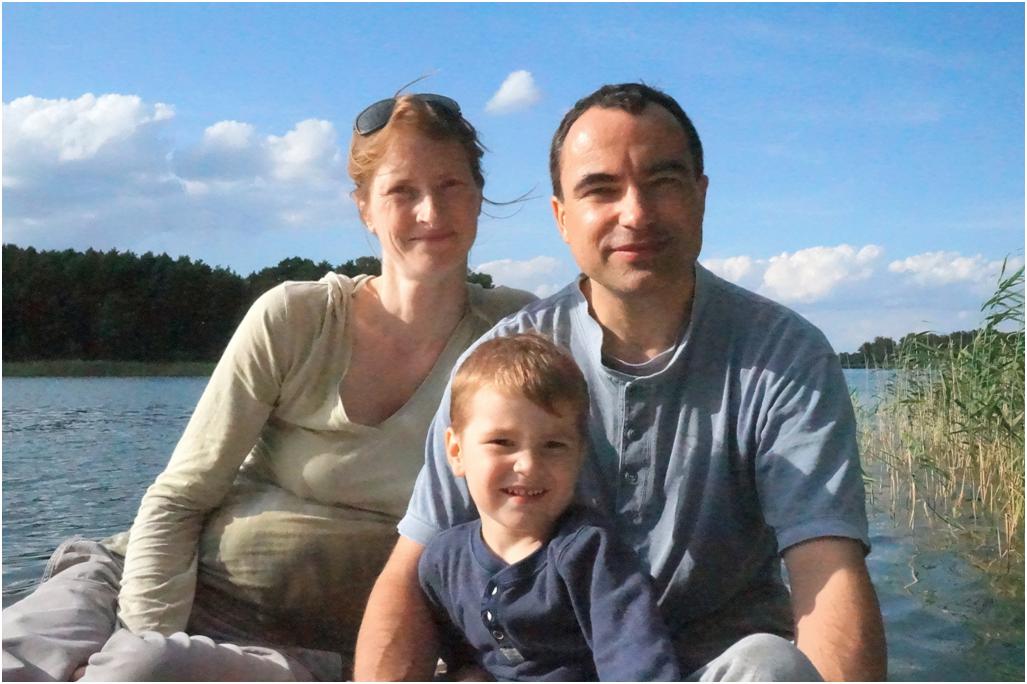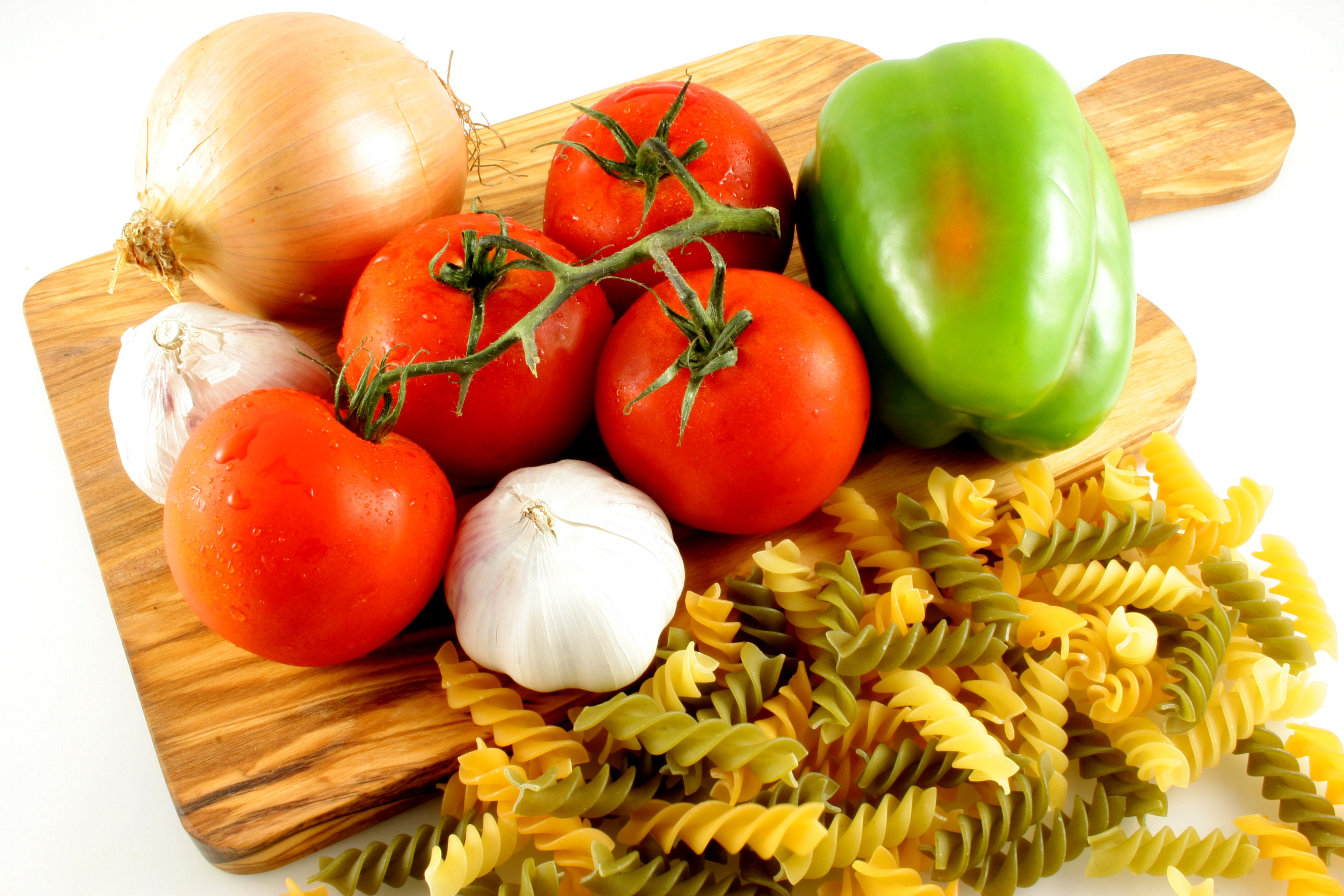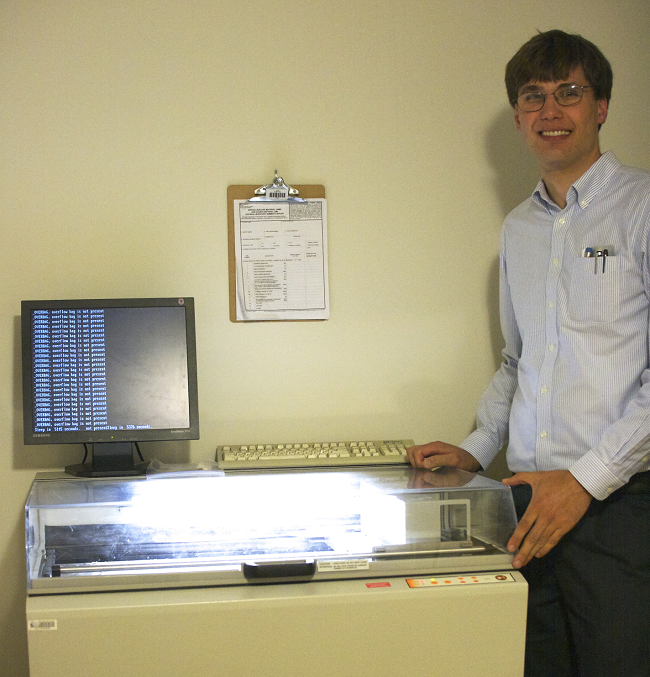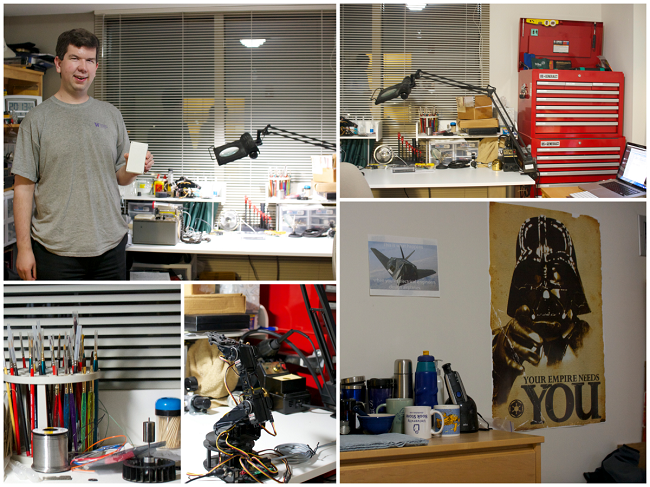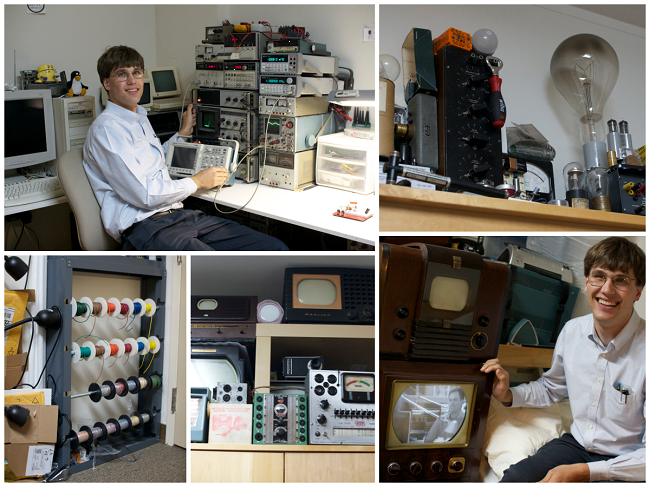By Berit Johannes and Andreas Schulz
Dear new and returning members of the Sidney-Pacific community:
It’s our great pleasure to welcome you (back) to the Sidney-Pacific Graduate Residence. However, we just returned from a year-long sabbatical abroad and assumed our new role of SP housemasters only a few weeks ago. We would therefore like to take the opportunity to also thank you all and especially the house government for the warm reception and for helping us with the transition. We are honored and proud to be part of the SP community and to succeed Dottie and Roger Mark, who have been SP’s first housemasters. We are every bit as excited as the new residents among you to learn more about SP’s culture, to help organize and participate in community activities, and to get to know all of you better. Our resident community is amazingly diverse, and provides a wonderful opportunity to complement academic training with an enriching social and cultural experience. We encourage you to make the best use of it. Before we tell you a little bit more about ourselves, we thought that some of you might wonder how MIT defines the responsibilities of graduate community housemasters. First and foremost, we are here to support you in all aspects of your development, prepared to act as advisor, advocate or mentor. We also provide academic and social support through community events, cultural and educational programs, and we advise SP’s executive council. Perhaps most importantly, we are your neighbors, and we hope you will stop by our apartment, be it to just say `hello,’ to engage in some good discussions on a random topic, to have someone listen to your concerns, or to play with and learn from our three-and-a-half-year old son.
Here is some additional information about us.
Andreas is Professor of Mathematics of Operations Research and Holder of the Patrick J. McGovern Chair at the Sloan School of Management, which he joined as a member of the faculty in 1998. He is also a faculty member of MIT’s Operations Research Center, former head of the Operations Research and Statistics Group at Sloan, and a former member of the Singapore-MIT Alliance. He has held visiting research professorships in the Institute of Theoretical Computer Science at ETH Zurich and in the Department of Quantitative Economics at Maastricht University. Other visiting positions led him to the University of British Columbia, to Eindhoven University of Technology, and to Technische Universität München. He got his Ph.D. in Applied Mathematics from the Technische Universität Berlin in 1996. His research interests include algorithmic game theory, approximation algorithms, combinatorial optimization, computational complexity, integer programming, network flows, polyhedral combinatorics, and scheduling theory. In his spare time, he likes to play badminton, beach volleyball, soccer, squash, table tennis, tennis and ultimate frisbee, and he is an avid hiker and skier.
Berit also holds a PhD degree in Applied Mathematics from Technische Universität Berlin. She was a visiting PhD student as well as a postdoc at MIT. Her research revolves around computational complexity and robust optimization. She also is a freelance consultant, and she has industrial experience as an Operations Research Analyst. Berit has been deeply involved in the MIT community since coming here with Andreas. Among other things, she has taken an active part in the ceramics studio of the Student Art Association, and she has practiced American Jiu-Jitsu Self-Defense at MIT since 2002, where she now is an instructor. She regularly plays volleyball in the Z-Center.

